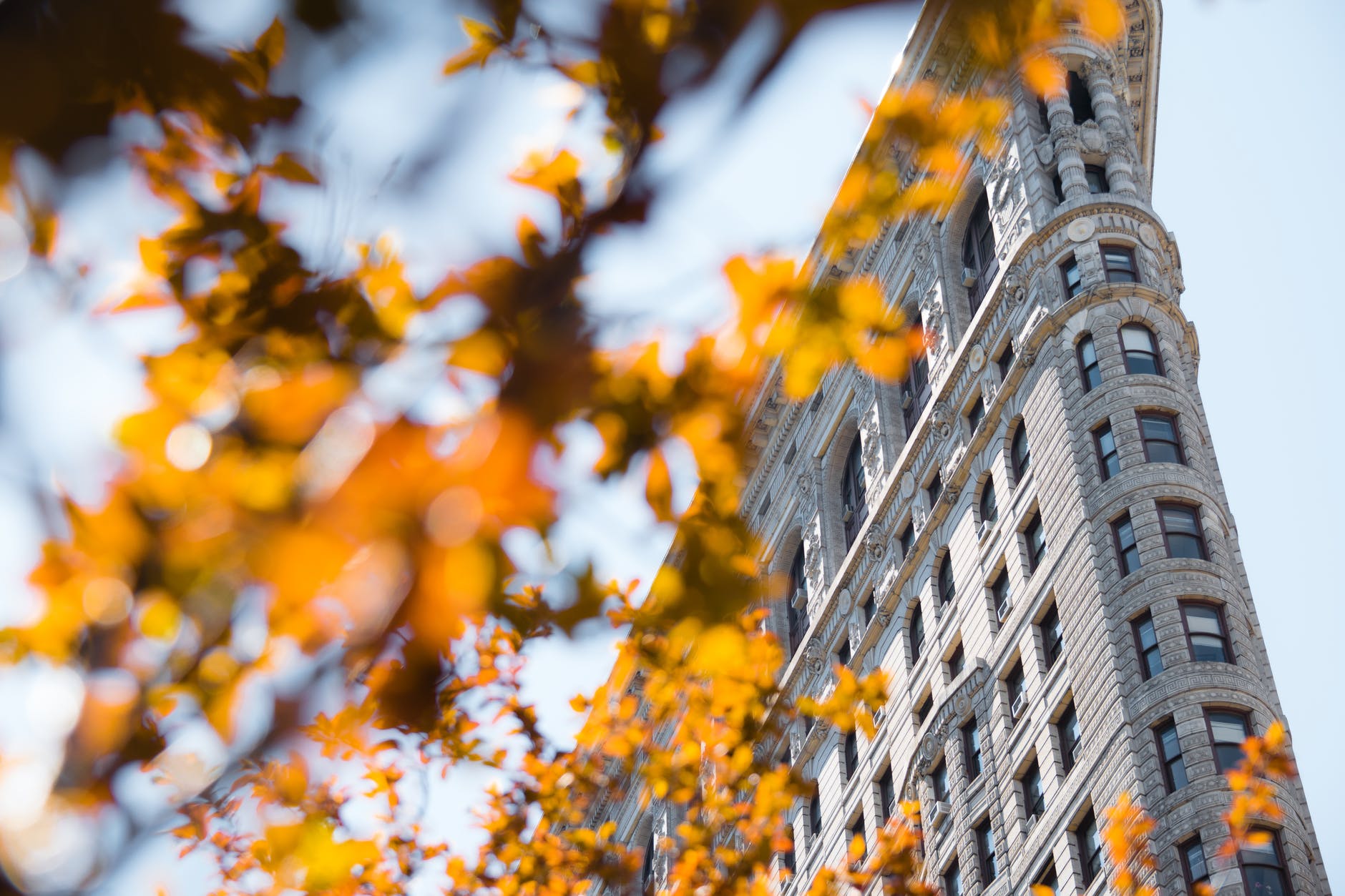From Brooklyn to the Bronx, and all the brownstone and mansion studded boroughs in between, owners of historic homes know they need a little help when it comes to renovations and upkeep of their historic properties.
Especially if their home is officially designated historic by the NYC Landmarks Preservation Commission, which recognizes buildings with “special historical, cultural, or aesthetic value and that (are) an important part of New York City’s historical and architectural heritage.”
The Commission, which was created in 1965 in response to the destruction of historically significant buildings, designates individual buildings as well as entire neighborhoods.
According to the Commission’s website:
To help protect the city’s landmarks from inappropriate changes or destruction, the Commission must approve in advance any alteration, reconstruction, demolition, or new construction affecting the designated building.
But New Yorkers don’t maintain historic properties just because there are rules and regulations. People who own these properties want to preserve a small piece of history, indulge in the luxury of having a gently used, but still beautiful, home.
Of course, there are the practical problems associated with old homes: plumbing; HVAC and electricity. For that owners need licensed, insured, technicians with a great reputation.
But once (or while) those dollar-draining issues are dealt with the enticing details that lure people into purchasing historic properties—stained glass windows, wood floors, ornate plaster ceilings, tile- demand attention.
Fortunately, in New York, there’s plenty of help available, according to a recent article in the New York Post. There are large firms, such as EverGreene Architectural Arts, which can handle multiple aspects of a restoration project from mural restoration to recreating ornamental plaster.
Not just any handyman can handle the job of restoring, or even duplicating, the gorgeous architectural flourishes of past eras. It takes artisans with years of training and experience.
The Post article quotes two men who began learning their craft as teenagers. Vincent Battiloro, of The Finest Brownstone Wood Restoration, learned to work with wood as a teen in Italy while Larry Feldman, of Feldman Stained Glass, began working in window repair at local antiques shops while growing up in Greenwich Village.
Battiloro’s story exemplifies the evolution from starving artist to in-demand artisan. According to the Post “he moved to New York in 1960 — a time when preservation was less popular — and picked up odd jobs like repairing wood furniture in hotels.
“The business changed when young professionals realized that instead of paying $1 million for a studio in the city, they could buy a brownstone in Park Slope,” Battiloro says.
Today he mainly restores high-end woodwork in townhouses—much of which gets painted over or varnished from decorative fretwork to carved doors to elaborately detailed staircases.
Like Battiloro and Feldman, many of the artisans who focus on restoration and historical preservation are craftspeople who operate small, independent, businesses. That means their work isn’t cheap, but the end results can be priceless.
Deborah Mills, a custom wood carver based in Long Island City, is quoted in the Post article, admitting her skills “are pricey but valuable.”
But, she said, her firm is “up to any task, including recreating mantels, cornices and friezes for homeowners.”
One of the best resources for finding an artisan is the “Find a Professional” page on the New York Landmarks Conservancy website. The artisans aren’t vetted, but dozens of professionals are members of the organization (for instance, there are 10 who consult about stained glass.)
With resources like that available, it is possible to own, maintain and even improve historic houses in the boroughs of New York. It’s not easy, and it certainly won’t come cheap, but for those who love the idea rest assured, it’s do-able!





